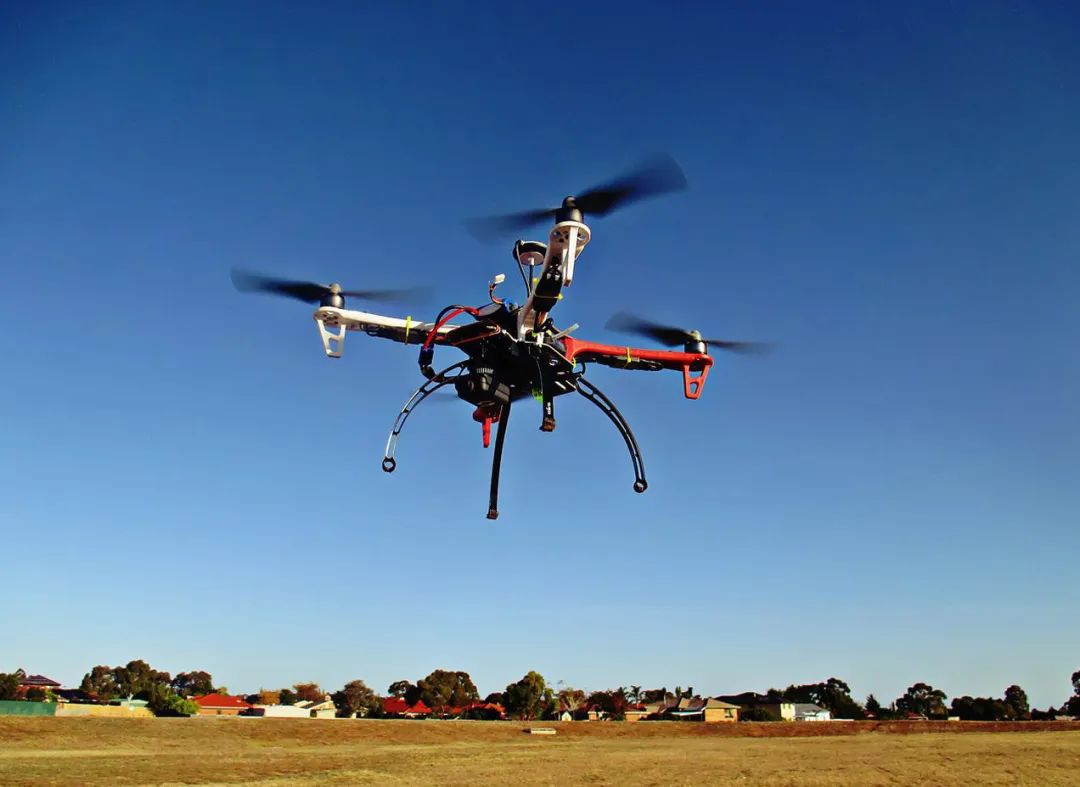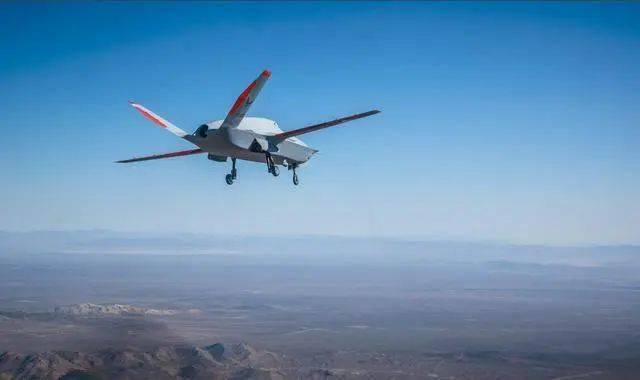One of the most prominent advantages of a drone with heat camera technology is its ability to perform precise inspections without needing direct human intervention. This is particularly valuable in the inspection of electrical installations, building structures, and pipelines. The technology allows for spotting hot spots or potential issues in facilities by detecting unusual heat patterns that may indicate equipment malfunctions or leaks.
Environmental Monitoring and Wildlife Conservation
Another remarkable advantage is their application in environmental monitoring and conservation. Drones facilitate the tracking of nesting birds or identifying locations of endangered species without disturbing their natural habitat. They offer conservationists an unprecedented tool for wildlife observation and data collection.
Technical Adaptability and Cost Efficiency
Drones equipped with heat cameras are increasingly being embraced for their technical adaptability and cost efficiency. The ability to swiftly collect and analyze thermal imagery translates to saving time and resources, reducing the necessity for ground-based surveying.

Addressing Common Concerns
Despite their advantages, concerns may arise around the ethical implications and privacy issues related to drone surveillance. It is crucial for operators and industries to adhere to established regulations and utilize drones responsibly, ensuring respect for privacy and legal standards.
FAQs

How accurate is the thermal imaging from drones?
Thermal imaging accuracy depends on the quality of the camera and environmental conditions. High-quality cameras provide precise readings, useful for detecting subtle temperature changes.
Can drones with heat cameras be used at night?
Yes, they are particularly effective at night since cooler conditions allow for greater contrast in heat signatures, making thermal images more discernible.
What industries benefit the most from thermal drones?
Industries such as agriculture, firefighting, law enforcement, construction, and wildlife conservation see substantial benefits due to enhanced surveillance and data collection capabilities.
In conclusion, the adaptability and functionality of drones outfitted with heat cameras open up new avenues for innovation and efficiency across multiple fields, providing critical insights and facilitating improved operational procedures.